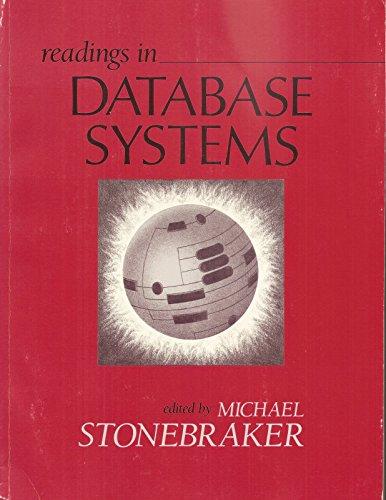Answered step by step
Verified Expert Solution
Question
1 Approved Answer
The definition of Big-Oh given in the textbook is: Let f ( n ) and g ( n ) be functions mapping nonnegative integers to
The definition of Big-Oh given in the textbook is:
Let f(n) and g(n) be functions mapping nonnegative integers to real numbers. We say that f(n) is O(g(n)) if there is a real constant c > 0 and an integer constant n0 1 such that for all n n0, f(n) c g(n).
Show that (n+1)5 is O(n5) by specifying the constants c and n0 in the definition above and providing the algebra that shows that the definition is satisfied.
Step by Step Solution
There are 3 Steps involved in it
Step: 1

Get Instant Access to Expert-Tailored Solutions
See step-by-step solutions with expert insights and AI powered tools for academic success
Step: 2

Step: 3

Ace Your Homework with AI
Get the answers you need in no time with our AI-driven, step-by-step assistance
Get Started


